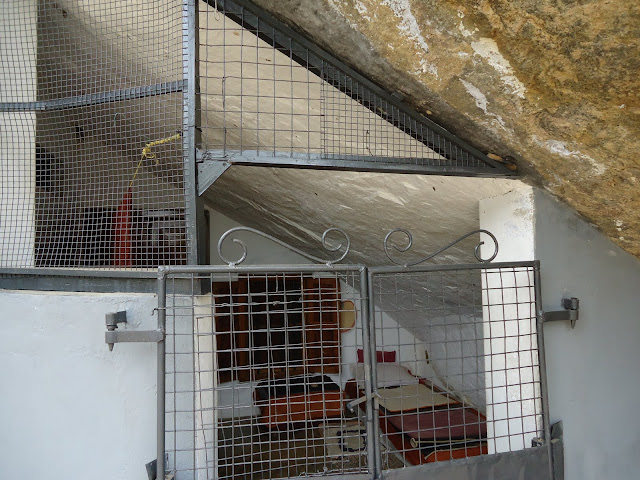Arugam Bay is a bay situated on the Indian Ocean in the dry zone of Sri Lanka's southeast coast. The bay is located 320 km due east of Colombo. It is a popular surfing and tourist destination.Arugam Bay has grown in the last twenty five years, into a big attraction for lovers of the surf, who converge on it in numbers from different parts of the world, to indulge in their favorite hobby of surfing and enjoy the bonus of a cheap, easy going, hassle-free lifestyle, among friendly Sri Lankan people.Arugam Bay is unique, in that it enjoys the distinct advantage of being unaffected by the ravages of two monsoons which hit the Island each year from opposite directions – the South West and North East. A phenomenon which makes Arugam Bay a “year round” destination with excellent weather and ideal conditions for a nice, relaxed holiday away from it all. Meteorological records show 330 sunshine blessed days/year in average.
Another rare phenomenon which sets Arugam Bay apart from other tourist destination is that, despite its popularity among visitors it managed to retain its natural beauty, charm, simplicity and above all, a tranquil atmosphere which makes it an ‘unspoiled’ holiday resort, offering low budget travelers a perfect ‘get-away’.
Away from the sea and sands, Arugam Bay has a wealth of magnificent inland landscapes for the nature lover, a sleepy lagoon which comes alive with an abundance of indigenous and migratory bird life in the European winter, plus the remains of an ancient heritage in the form of temples and monasteries. Sri Lankas’s biggest wild life sanctuary the Yala National Park and one of the most venerated shrines in the country -Kataragama, are also easily accessible from Arugam Bay.
Accommodation is as modest as the village itself, with very basic facilities available in several small hotels or guest houses which continue to provide unpretentious ‘homely’ accommodation, with no such luxuries as air conditioning, for instance. However, there are also a few hotels which are star class and provide up to date luxuries/facilities.
Surfing in Arugam Bay
Three of the point breaks “The Point”, “Pottuvil Point” and “Crocodile Rock” are within a hour tuk tuk ride. There are several other points that are within a 1-hour’s ride or can be accessed by boat.
The Point: This is the main break at Arugam Bay. The point is a long right-hand point/reef break that breaks at the headland in front of Arugam Bay. It is also the best swell magnet of all the points and you can almost always guarantee that the The Point will be a couple of feet bigger than any of the other breaks. It breaks from anything between 2 and 6 feet but tends to max out after 6 foot. Due to its location it is also attracts the biggest crowd but seems to be handling it as it often sections in a few spots. On a good day it provides a clean rideble wall that will barrel in the sections and give you a 400-meter ride right through to the inside. When you ride all the way through the best option is to paddle a few yards to the beach and walk back out to the entry point (booties are advisable as the reef starts from ankle depth).
Stardust Beach Hotel
Stardust Beach Hotel
| Facilities |
 Type of accommodation - beach cabanas / double bungalows / deluxe rooms Type of accommodation - beach cabanas / double bungalows / deluxe rooms |
 Overhead fans Overhead fans |
 2 restaurants 2 restaurants |
 Yoga lessons and reflexology foot massages Yoga lessons and reflexology foot massages |



















































